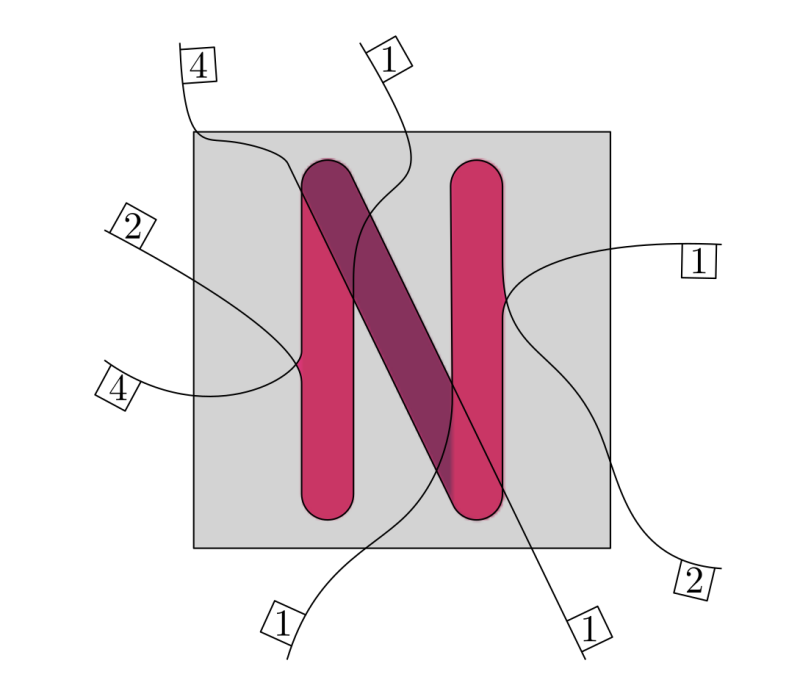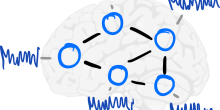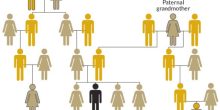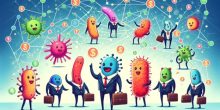On this website we like to argue that networks are all around us: be they transportation networks, the internet, financial networks, or the electricity grid. But we also argue that networks are inside of us. Some of these examples are fairly obvious: we all know, for instance, that the brain is basically a huge and complex network of nerve cells. But there are some networks inside of us that are not nearly as obvious.
One beautiful, extremely important hidden network is the network of gene interactions: our DNA contains tens of thousands of genes. Some of these are really important. If you don’t have even one of them, you can’t live. But most genes can easily be done without, because there is another gene that does basically the same thing somewhere else on the DNA. Only if both genes are disabled does the trouble start. This makes our genetic code especially robust.
![By Hennah, Porteous - [The DISC1 Pathway Modulates Expression of Neurodevelopmental, Synaptogenic and Sensory Perception Genes http://www.plosone.org/article/info%3Adoi%2F10.1371%2Fjournal.pone.0004906], CC BY 2.5, https://commons.wikimedia.org/w/index.php?curid=7681986](https://networkpages.nl/wp-content/uploads/2016/11/Network_of_how_100_of_the_528_genes_identified_with_significant_differential_expression_relate_to_DISC1_and_its_core_interactors-300x195.png)
A small gene-interaction network [1]
Last week a publication appeared in the journal Science, where scientists present a comprehensive study of these pairs of genes in yeast cells. The result of their seventeen-year-long experiment is that if we draw the genes in the yeast’s DNA as nodes of a network, and we draw links between pairs of nodes if both genes cannot be disabled at the same time, then we get a network that is completely connected, and that has a beautiful hierarchy. Moreover, the network can be used to figure out what a gene does just from looking at what it’s neighbors in the network do. A huge advance in the way we study gene functionality! In fact, the network has already been used to figure out what one of the six important “mystery genes” of yeast does: a gene we know yeast can’t do without, but for which we also didn’t know what it does.
You can look and play with the network on the researcher’s website, or even download the whole data set, if you’re more seriously interested. There is also an excellent long feature on Quanta magazine that explains the experiment and the network with Quanta’s usual clarity, and has interviews with the researchers who did the experiment.
- By Hennah, Porteous - [The DISC1 Pathway Modulates Expression of Neurodevelopmental, Synaptogenic and Sensory Perception Genes http://www.plosone.org/article/info%3Adoi%2F10.1371%2Fjournal.pone.0004906], CC BY 2.5, https://commons.wikimedia.org/w/index.php?curid=7681986

![By Hennah, Porteous - [The DISC1 Pathway Modulates Expression of Neurodevelopmental, Synaptogenic and Sensory Perception Genes http://www.plosone.org/article/info%3Adoi%2F10.1371%2Fjournal.pone.0004906], CC BY 2.5, https://commons.wikimedia.org/w/index.php?curid=7681986](https://www.networkpages.nl/wp-content/uploads/2016/11/Network_of_how_100_of_the_528_genes_identified_with_significant_differential_expression_relate_to_DISC1_and_its_core_interactors.png)




